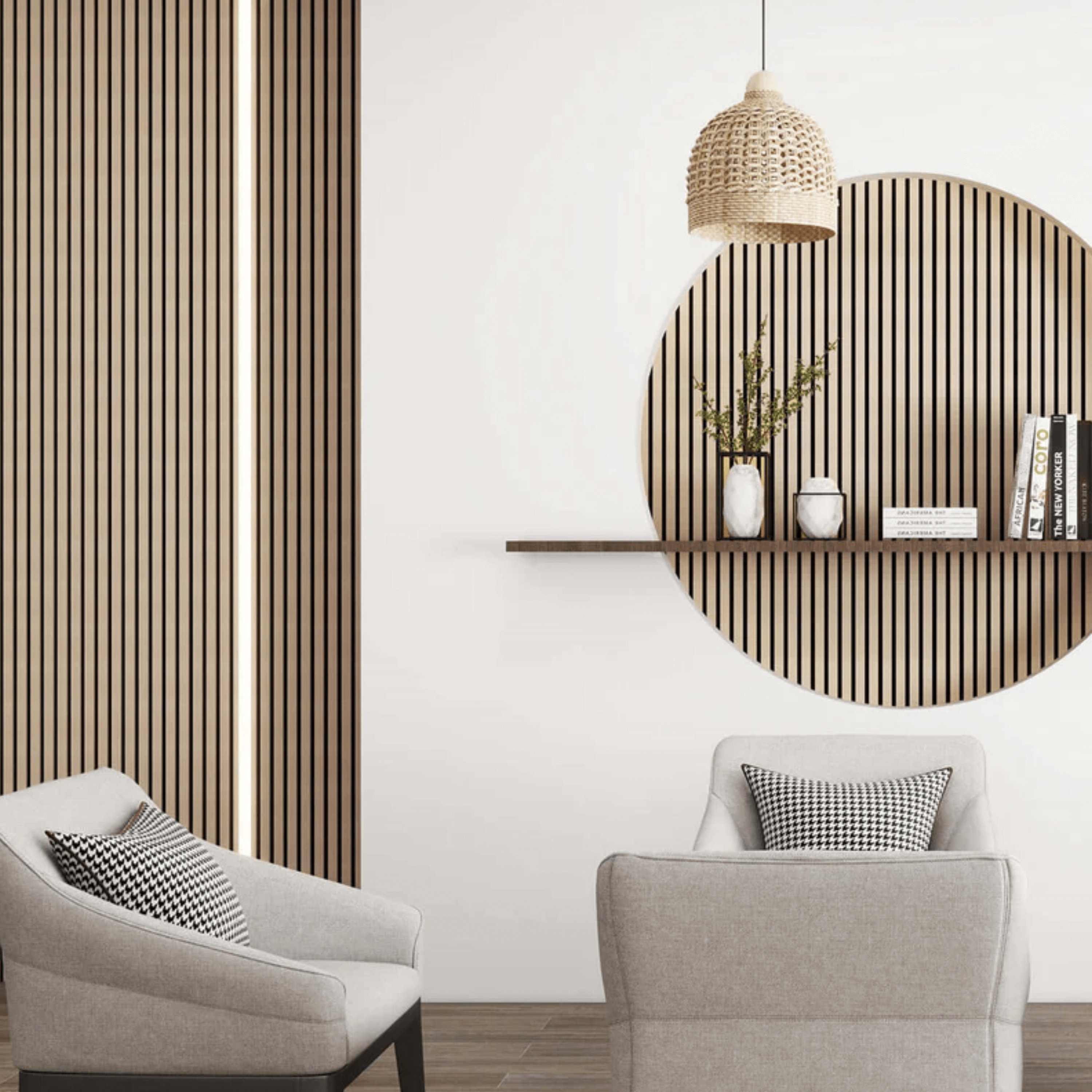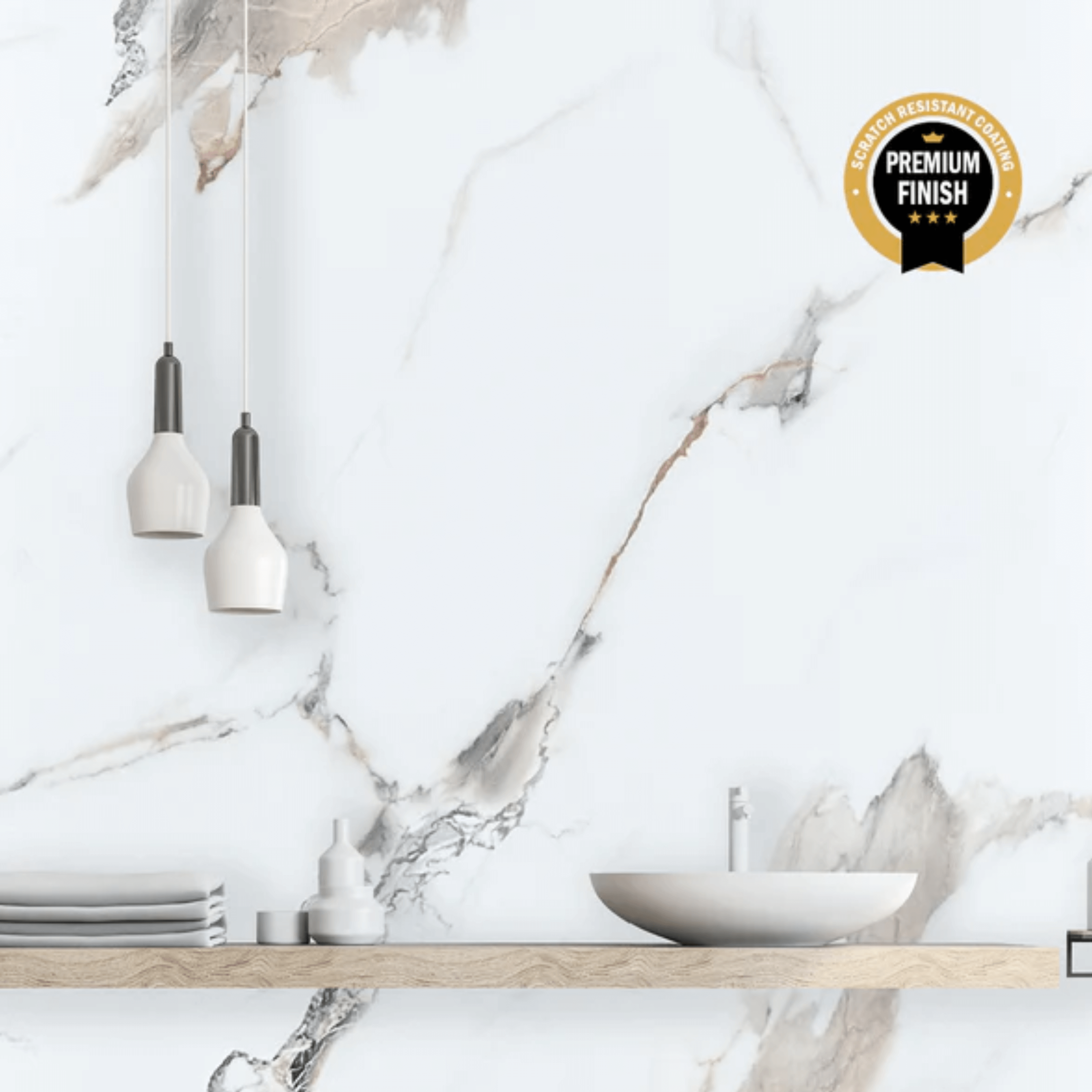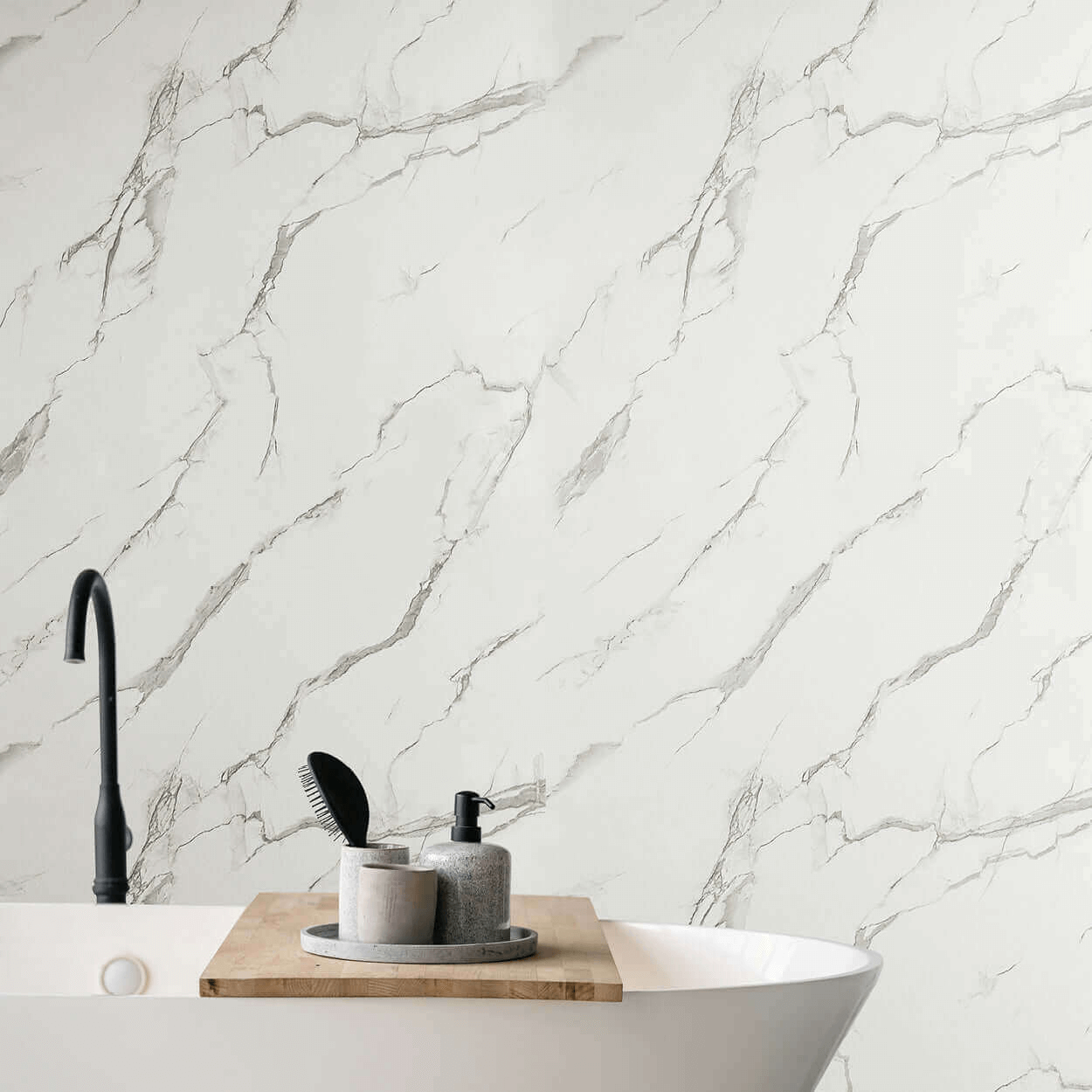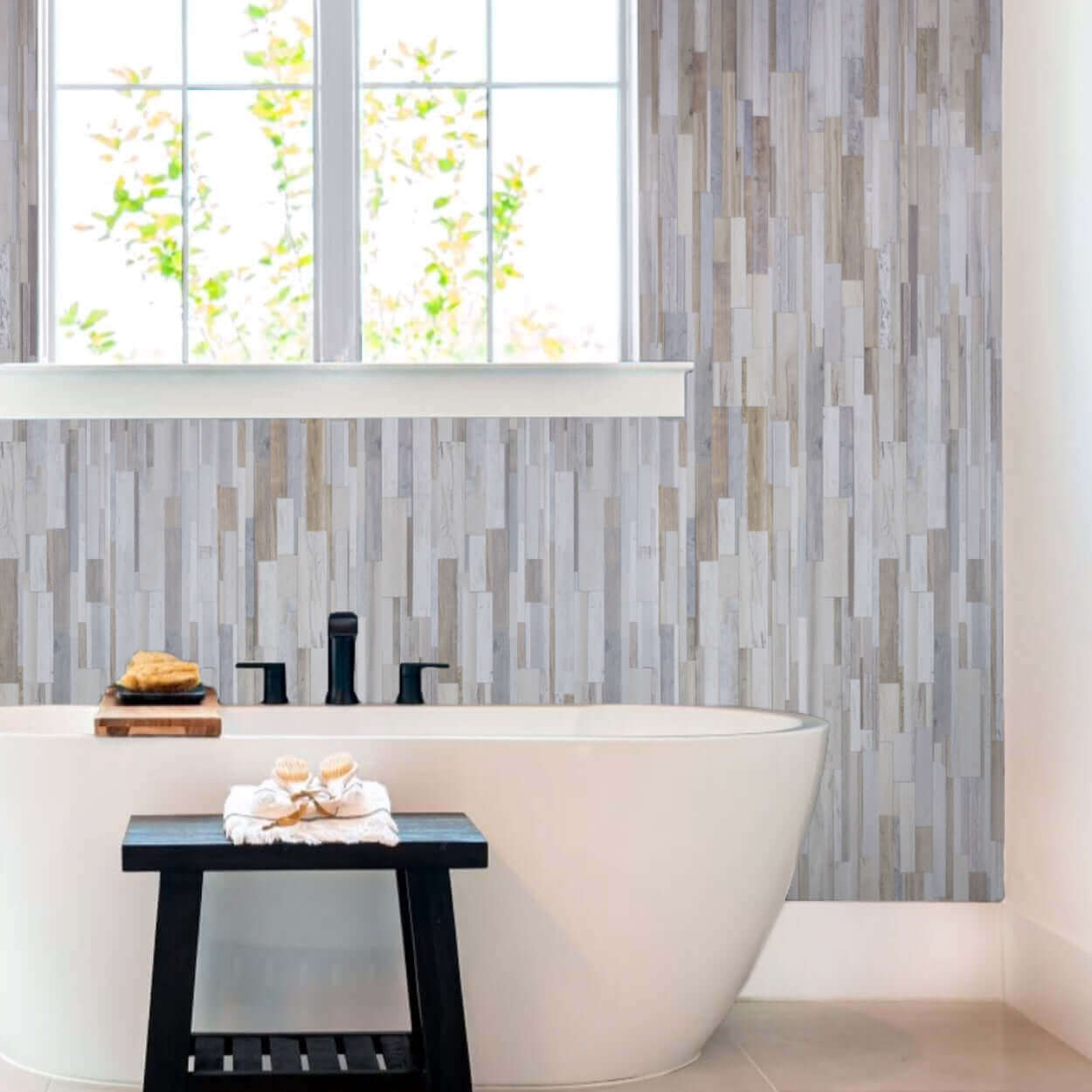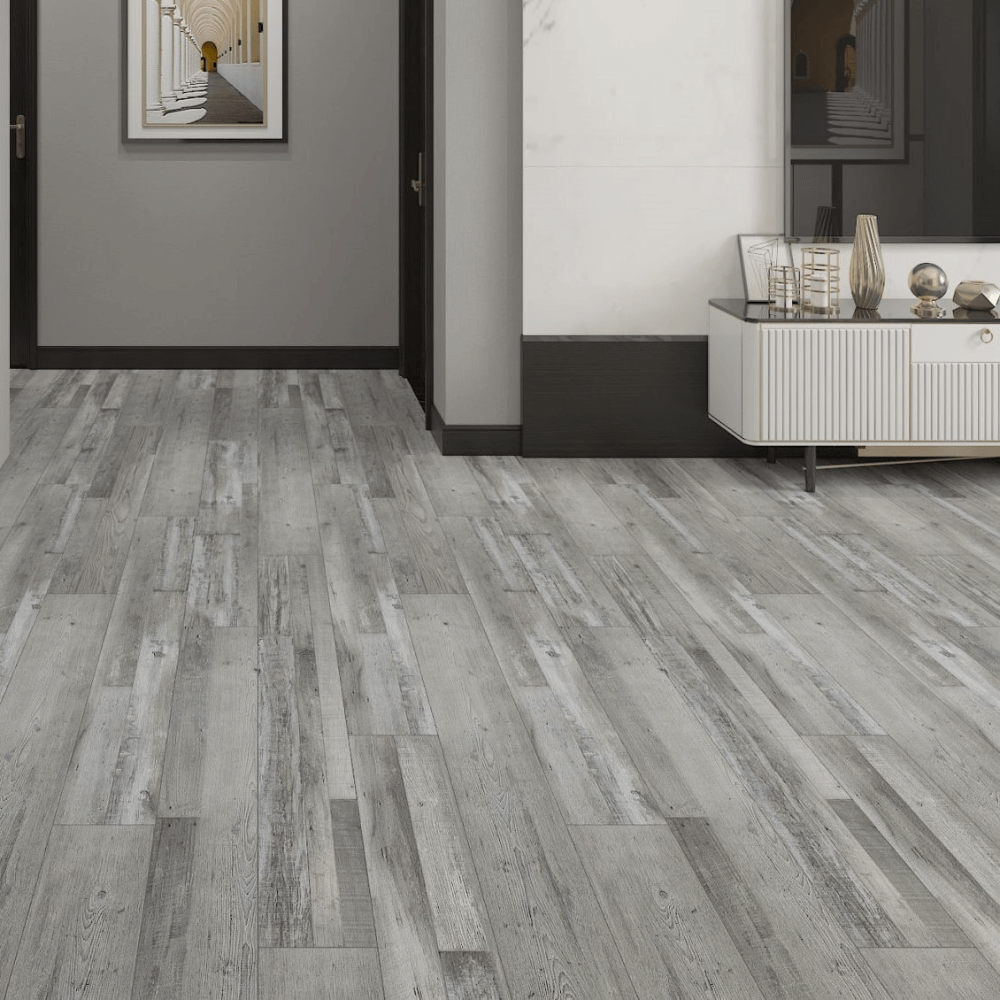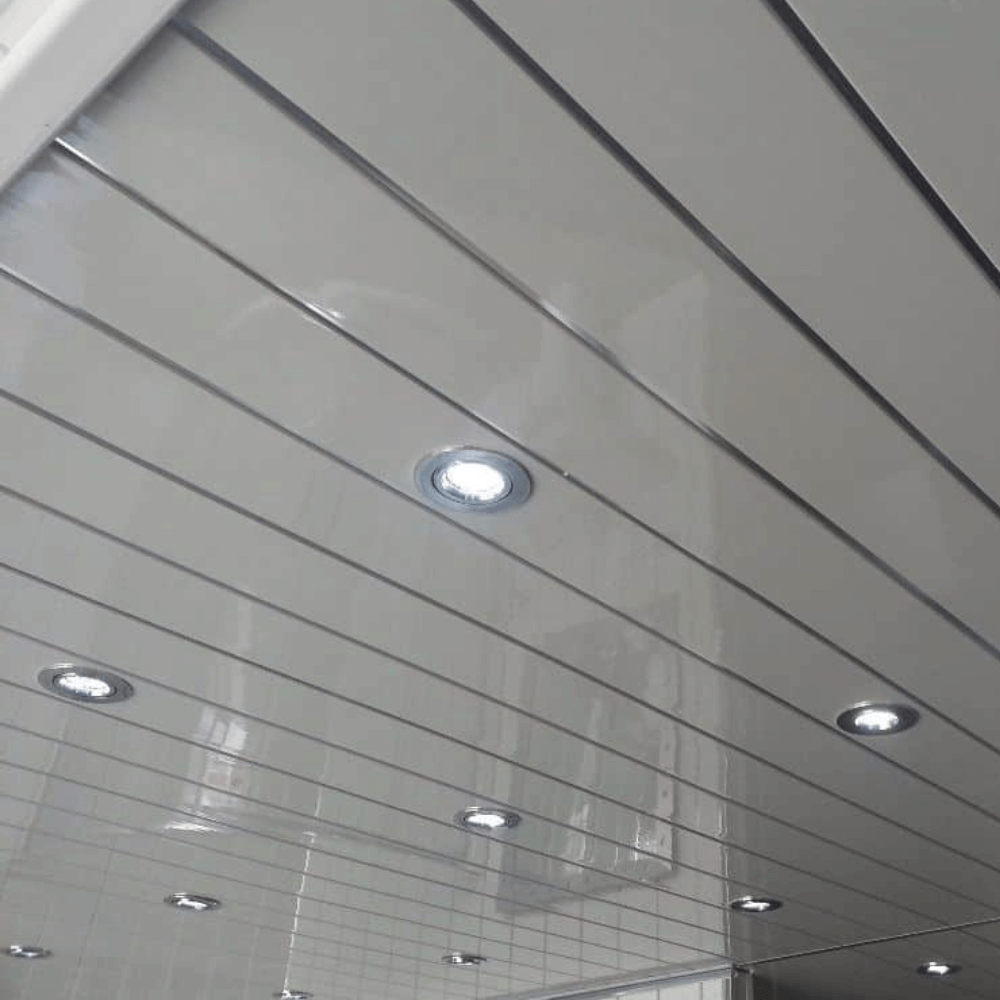Whether you’re refreshing one room or rethinking your whole home, great design isn’t just about style — it’s about smart choices. The right texture, tone, and layout can completely change how a space feels.
Here are ten interior design tricks every homeowner should know, from using wall panels to clever lighting and texture layering.

1. Use Wall Panels to Zone Open Spaces
Open-plan layouts are timeless, but without clear visual boundaries, they can sometimes feel unfinished or lacking structure. That’s where wall panels make all the difference.
Instead of solid partitions that block light or break the flow, use acoustic panels or contrasting panel finishes to subtly define your zones. For example, install vertical slatted panels behind your sofa to create a defined living area, or use a darker wood tone behind your dining table for contrast.
This technique allows you to enjoy the openness of your layout while still giving each zone its own personality and purpose. It’s especially effective in studio apartments, open-plan kitchens, and living rooms where you want a sense of flow without losing structure.
To keep the space cohesive, repeat a similar colour tone or texture throughout — it ties everything together beautifully.
2. Align Grain Direction for a Professional Finish
Grain direction is one of those tiny details that instantly elevates a space from “DIY” to “designer.” When installing wood- or stone-effect panels, aligning the grain direction consistently across adjoining walls ensures a seamless, high-end look.
Imagine walking into a room where the lines of oak panels flow naturally from one wall to the next — it feels intentional and balanced. Mismatched grain direction, on the other hand, can subtly disrupt the harmony of your design, even if you can’t quite put your finger on why.
Professional interior designers always consider grain flow to guide the eye smoothly around a space. Vertical lines can make ceilings appear higher, while horizontal panels can visually widen a narrow room.
If you’re mixing finishes, try aligning similar tones or grain patterns to maintain visual continuity — it’s a small effort that delivers a huge return in overall polish.
3. Hide Imperfections with Texture
Not every wall is perfect — and that’s okay. Uneven plaster, cracks, or old paint can make decorating a nightmare, but textured wall panels provide a stylish solution that’s both practical and transformative.
Slatted acoustic panels instantly conceal flaws while adding warmth, texture, and depth. Their vertical design draws the eye away from imperfections and adds a sense of height. Alternatively, ultra-matt shower panels give bathrooms and kitchens a smooth, flawless finish that resists moisture and wipes clean effortlessly.
Beyond aesthetics, textured panels also improve acoustics and insulation — so they don’t just hide what’s underneath, they enhance how your room feels and sounds. It’s a simple, cost-effective way to refresh tired walls without the hassle of replastering or endless sanding.

4. Balance Hard and Soft Materials
A space filled with hard surfaces can feel cold and uninviting. Soften it with contrast — think Natural Oak panels paired with textiles, cushions, and warm lighting. The key is to mix textures, not just colours, for a balanced and comfortable look.
5. Extend Panels Beyond the Wall
When it comes to creating a cohesive, high-end interior, it’s all about flow — and one of the simplest ways to achieve that is by extending your wall panels beyond a single surface.
Instead of stopping where the wall ends, continue your acoustic panels across connected elements like shelving, doors, or cabinetry. This subtle continuation instantly makes the space feel bespoke and professionally designed.
For example, installing acoustic panels behind shelving on a media wall not only adds depth and texture but also helps visually integrate your storage and décor. The lines of the slats naturally draw the eye across the wall, giving the impression of a single, unified design rather than separate pieces.
This technique works beautifully in living rooms, home offices, and bedrooms — anywhere you want a seamless, architectural feel. The key is consistency: match the tone and grain of your panels to the surrounding furniture for that tailored, built-in look.
By extending your panels just a little further, you transform a simple feature wall into a fully cohesive design moment.

6. Add Vertical Lighting for Height
Lighting isn’t just functional — it’s one of the most powerful design tools for transforming how a space feels. When used thoughtfully, it can completely change the mood, depth, and proportions of a room.
If you’re working with acoustic panels, consider pairing them with vertical lighting to highlight their structure. Slim LED strips or recessed spotlights placed along the panel grooves create gentle lines of illumination that draw the eye upward, instantly adding a sense of height and elegance.
This technique is especially effective in rooms with lower ceilings or darker tones, where a bit of vertical emphasis helps lift the space visually. The contrast between light and shadow also enhances the natural texture of the panels, giving them more depth and definition.
For a softer, ambient feel, you can use warm-toned lighting that complements wood finishes like Natural Oak or Walnut, while cool white lighting works beautifully with Grey Oak or Charcoal for a contemporary edge.
It’s a designer-approved trick that blends beauty with practicality — turning your wall panels into an architectural feature, day and night.
👉 Pro Tip: Read our blog post about LED lighting ideas on Walls

7. Match Panel Undertones with Flooring
One of the biggest design mistakes is ignoring undertones. Warm oak flooring with cool grey panels will clash subtly — even if both are beautiful on their own. Always check if your flooring and panel colours share the same base tone (warm, cool, or neutral) for a harmonious finish.

8. Use Panels as a Headboard or Backdrop
If you’re looking to give your bedroom that high-end, boutique feel, wall panels are an instant upgrade. Instead of a traditional headboard, try running acoustic panels vertically behind your bed. This simple change creates a striking focal point that feels luxurious and custom-made.
The soft slatted texture adds warmth and dimension, while the vertical lines subtly elongate the wall, making your ceiling appear higher and your space more balanced. Beyond the visual impact, acoustic panels also have a practical benefit — they absorb sound, helping to create a quieter, more restful environment.
For a cohesive design, continue the panels up to the ceiling or frame them with ambient lighting for a soft, hotel-inspired glow. Natural wood tones like Natural Oak or Walnut bring cosiness and depth, while Charcoal or Grey Oak deliver a sleek, modern edge.
Whether you choose to frame your bed, extend the panels behind your bedside tables, or even wrap them around the corner of the wall, the effect is effortlessly elegant — and it turns an ordinary bedroom into a designer sanctuary.
👉 Pro Tip: Read our blog post about 5 ways to Style Feature Headboards using Acoustic Panels.

9. Conceal Wires and Fixtures
Media walls, TV areas, or home offices benefit hugely from panelling. Panels make it easy to hide unsightly cables, sockets, or insulation, creating a sleek, modern look — perfect for minimalist interiors.
10. Layer Finishes for Depth
Professional designers rarely use just one finish. Combine matt with gloss, wood with marble, or metal accents with soft neutrals. The contrast brings energy and depth to your home without overwhelming it.

The Finishing Touch: Try Before You Commit
Every room has different lighting, so colours and finishes can look different at home than online. Always order a sample first to see how your chosen tone interacts with your décor.
Design is all about details — and small, thoughtful choices often make the biggest impact. Whether you’re upgrading a single feature wall or redesigning your entire home, wall panels can help you achieve a polished, professional look that lasts.






